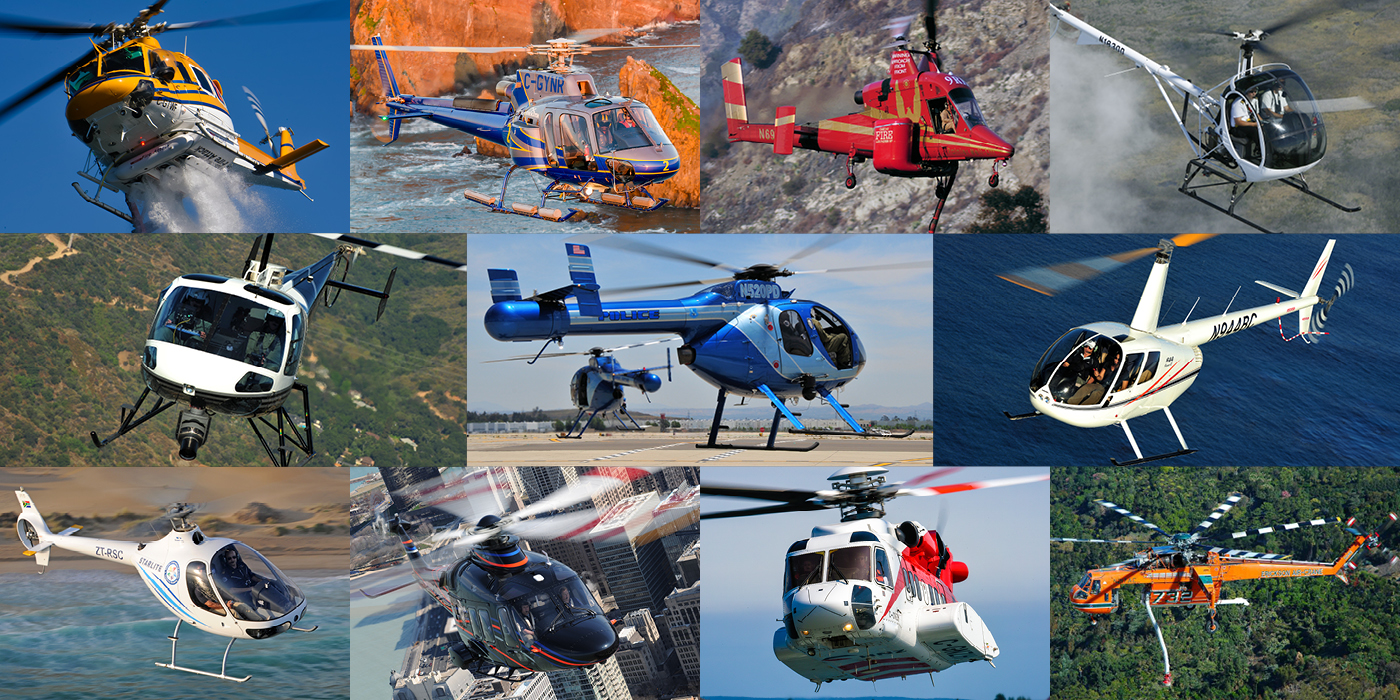But are they behind because of twin-engines or because of going with a -145? I'm not saying the -135 is THE way to go, by any means, but the -135 =/= -145, especially in maintenance, or more specifically near-to-mid life Mx. Yes, I get the long-term Mx is costly.
Honestly I didn't really know what that Twitter response even meant.
The issue isn’t that the 145 is too big. Twins have more complicated transmissions and have twice the drivetrain maintenance.
Rigid heads have big advantages, but are also very fragile. In dynamic maneuvering, slope landings, and with hands-of-meat student pilots, you can easily exceed critical mast angles and damage the head.
Talked to a 135 pilot last week and he said he’d never trust an inexperienced pilot to not break the rotor.

